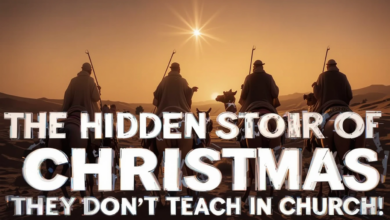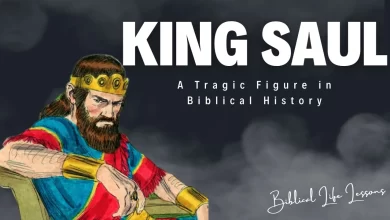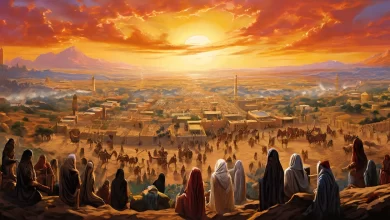Noah’s Ark A Covenant of Faith and Hope
The World Before the Flood
The earth was a place of intense contrasts. Lush landscapes mingled with vast, imposing cities, where humanity, in its quest for power, had lost its way. The streets were filled with commerce, but also with injustice; the nights were lit by hedonistic celebrations that ignored the sound of suffering. The Creator looked upon humanity and saw that its goodness had been stifled by corruption.
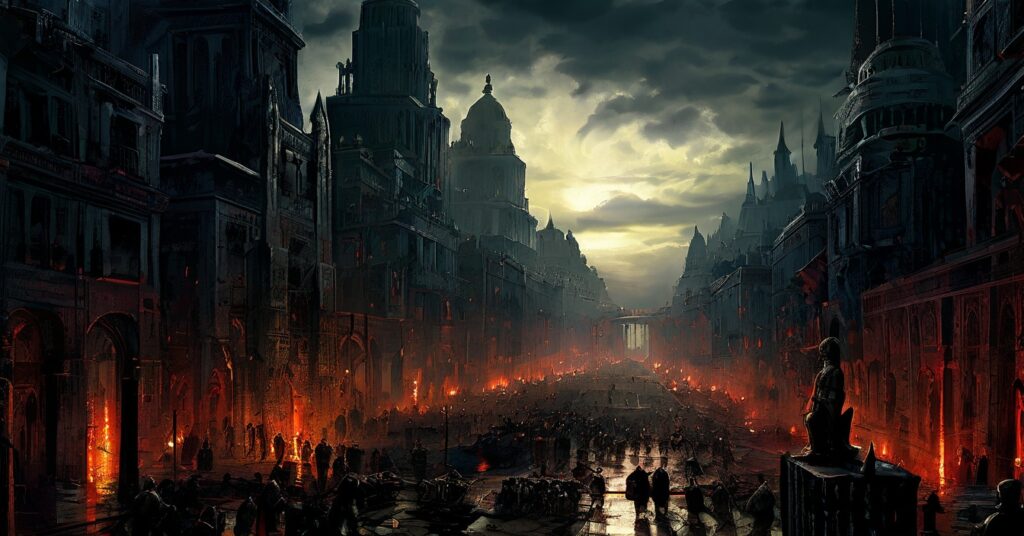
Amidst the chaos, Noah was a beacon of hope. Simple in his means but immensely rich in faith, he was a dedicated farmer and carpenter. His wife, a wise and persevering woman, shared his devotion and lovingly cared for their family.
His sons—Shem, Ham, and Japheth—had distinct personalities, but together they formed a united nucleus. His wives were also important pieces of this story, representing courage and commitment in the face of the unknown..

Conflict Introduction
One night, as the stars shone brightly in the sky, Noah was visited by a divine vision. The voice of the Creator rang out clearly: “The earth is filled with violence; all that has been made is corrupt. I will destroy the world with a flood, but in you I have found righteousness. Build an ark, for it will be the salvation of you and your family.” Noah’s heart wavered between fear and gratitude, but his faith impelled him to obey.
Building the Ark
Rising Action:
Building the ark was a monumental task. Timber was carefully cut and shaped as the structure took shape. Each blow of the hammer was accompanied by silent prayers and songs of hope. Noah’s sons, each with his own unique skills, worked as a team. Shem led the organization; Ham mastered the carpentry skills; and Japheth, with his enthusiasm, kept the spirits high.

Internal and external conflicts:
As the ark grew, so did society’s criticism. Neighbors mocked Noah, calling him a fool for building a “ship in the middle of nowhere.” Noah struggled with doubts, but each morning he found strength in his divine calling. His wife was his confidant, reinforcing his certainty that they were fulfilling a greater purpose.

Transition to climax:
When the ark was finally ready, the world around it began to change. The sky became restless, the winds grew colder, and the animals began to migrate toward the ark, as if guided by an invisible force.
The Flood
The storm began as a drizzle and quickly turned into a watery chaos. Rivers overflowed, mountains were swallowed up, and the world seemed to dissolve under the fury of the waters. Inside the ark, Noah and his family heard the cries of humanity and felt the weight of what had been lost.

Emotional development:
Fear loomed large, but it was fought with faith. Moments of prayer were frequent, and the ark became a space for reflection and spiritual renewal. With each rainy day, the family grew closer, strengthening the bonds that sustained them.

The Dove and the Rainbow
Resolution:
When the rain stopped, Noah released a raven, which found no place to land. Days later, a dove returned with an olive branch, a sign that life was flourishing again. The ark landed gently on the mountains of Ararat, and the family, upon disembarking, were greeted by a world that was silent but full of possibilities.

The Covenant:
God spoke again: “Never again will I destroy the earth with a flood. This rainbow will be the sign of my everlasting covenant.” As Noah and his family looked up into the sky, they were overcome with a profound peace.

A New Beginning
Conclusion:
As time passed, Noah’s family cultivated the land and began to repopulate the world. Noah’s descendants grew up hearing stories of the flood, learning the value of obedience and fellowship with God.
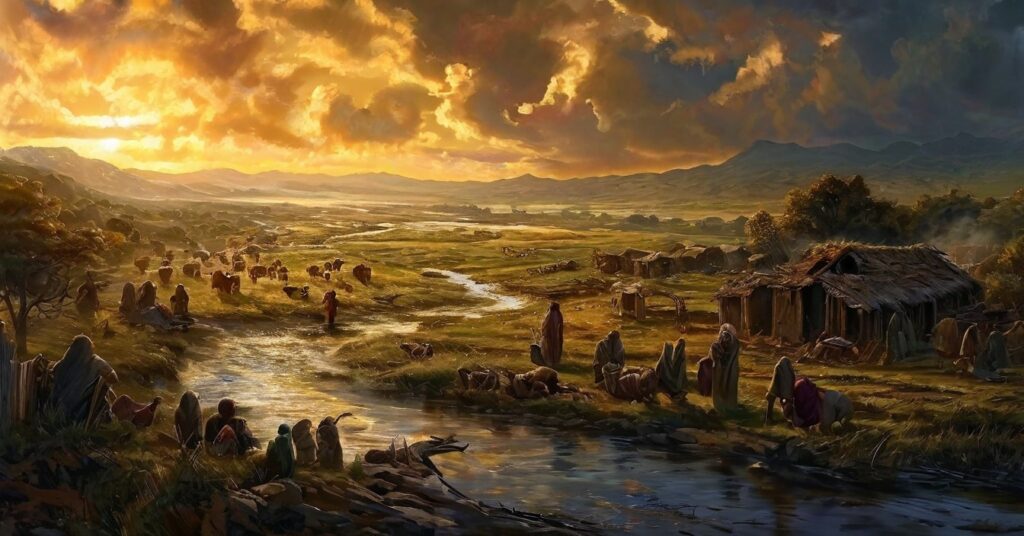
Reflexão final
A história da Arca de Noé não é apenas sobre destruição, mas sobre renascimento. Ela nos ensina que a fé pode ser um abrigo em tempos de adversidade e que, mesmo nas tempestades mais devastadoras, a promessa de Deus prevalece.
“Que possamos construir nossas próprias ‘arcas’ de fé, amor e resiliência, confiando que Deus sempre proverá um arco-íris após a tempestade.”
